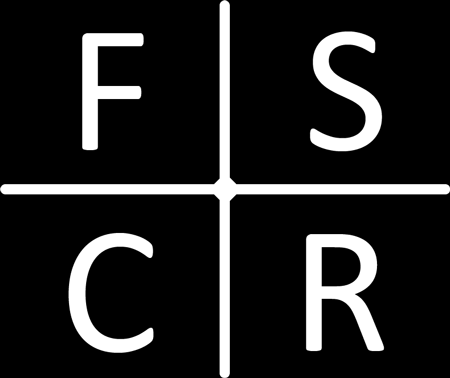Peak speed determination in football: is sprint testing necessary? By T. Massard, T. Eggers, and R. Lovell in Science and Medicine in Football (2017).
Abstract:
http://www.tandfonline.com/doi/full/10.1080/24733938.2017.1398409
Background:
Max speed is an important requirement in elite football and is typically associated with crucial moments in a game that can dictate the outcome such as scoring a goal (1). It has also been suggested that exposure to a high percentage of your maximal sprint speed during training may reduce the risk of hamstring injury (2). This has led many fitness coaches to test maximal speed in isolated tests to obtain bench marks for training programmes and injury prevention strategies.
Objective:
The purpose of this study was twofold 1) to compare the measurement of max speed achieved in a 40m sprint test with timing gates or a global positioning unit (GPS). 2) compare the max speed achieved in the 40m sprint test to max speed achieved in match play.
Methods:
23 semi-professional male football players with an average age of 21.1 years performed a 40m maximal sprint test whilst wearing a 10 Hz global positioning unit (GPS) and using duel-beamed timing gates to determine their maximum speed. They also wore the same GPS unit during pre-season and competitive matches to obtain their max speed during match play.
Results:
Results showed that there was a high correlation of the max speed recorded from the GPS unit and timing gates whilst performing the 40m sprint test. Further, max speed recorded during match play was higher than the 40m sprint test.
Conclusion:
The results of this research suggest that GPS is strongly associated with timing gates in the measurement of max speed, and therefore may be a more time efficient and cost-effective solution. However, max speed wasn’t achieved during the 40m sprint test but was achieved over the course of 14 matches questioning the need for sprint testing at all.
Practical Application:
Maximal speed testing always poses an increased risk of injury and is difficult to fit into a hectic pre-season or especially in-season competition schedule. This research suggests that max speed isn’t achieved in an isolated test but is achieved within match play. It may be speculated that this is due to enhanced motivation from the contextual influencers of competition and therefore, it is suggested that maximal speed assessment is monitored throughout the season during competitive match play and not tested in isolation.
References
1. Faude, O., Koch, T., & Meyer. T. (2012). Straight sprinting is the most frequent action in goal situations in professional football. Journal of Sports Science, 30, 625-631.
2. Malone, S., Roe, M., Doran, D.A., Gabbett, T.J., Collins, K. (2017). High chronic training loads and exposure to bouts of maximal velocity running reduce injury risk in elite Gaelic football. Journal of Science & Medicine in Sport, 20, 250-254.
